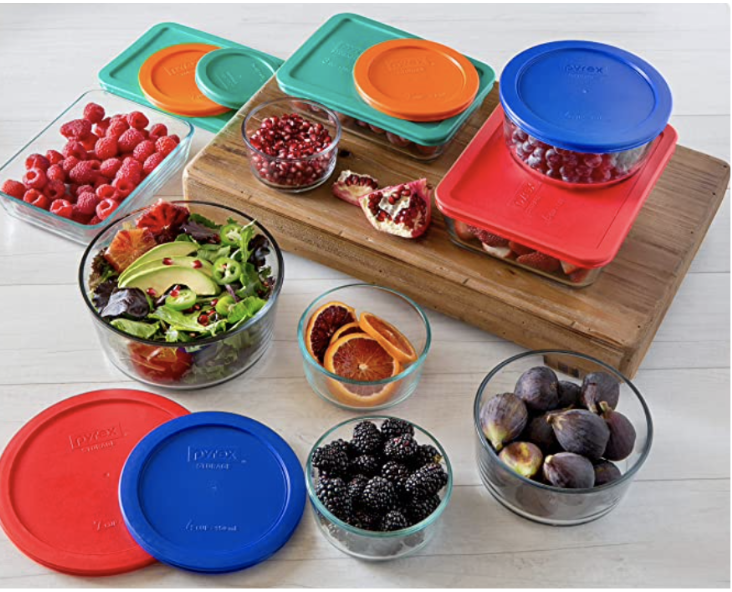
Our number one method of exposure to toxins is through the food we eat. Whether it’s the materials we use to prepare and store food or the ingredients we eat, food is a major area of concern for toxicity. One simple way to start reducing your exposure to toxins is to focus on the snack foods you eat!
Avoid snacks with artificial colors
In this case, it’s best to avoid things like soda, chips, some brightly colored breakfast cereals, and more. Artificial colors cause a myriad of health problems, detailed in “Artificial Colors at the Grocery Store.” When in doubt, go for something natural, like nuts, or choose a well-known organic brand. Annie’s is a great organic snack brand, with everything from cheddar bunnies to fruit snacks!

Shop for organic fruits and veggies – but be wary of where they come from!
When shopping for produce, check for the USDA organic label. This means that the produce lives up to federal regulations around organic produce. This means natural farming methods and no pesticides used.
Meanwhile, farmers’ markets are a different story. Most claim to be organic, but they may not actually be. Check out “Shopping Organic at the Farmers’ Market ” for some helpful tips on how to double check your farmers’ market vendor.

Reduce your plastic exposure
If you know anything about toxin exposure, plastic is one of the worst ways to be exposed to toxic chemicals. Plenty of snacks are coated in plastic wrappings or shoved into plastic containers in a lunchbox. While a bit of exposure to plastic won’t do much harm, it’s best to avoid the materials as much as possible. When scratched, microwaved or put under stress, plastic containers leak Bisphenol A (BPA) and phthalates that in turn leak into our food.
Check out alternative tupperware materials!
Glass tupperware is great for taking snacks to school or work. Tupperware sets made of glass, ceramic, silicon, and stainless steel are all toxin-free ways to transport your snacks. Personally, I would recommend a glass tupperware set because you can heat this in an oven or microwave if need be!
A set like this one by Pyrex is a perfect option, or even a set of mason jars would do the trick!
Avoid microwaveable snacks
Many microwaveable snacks, like macaroni and cheese cups, are wrapped in microwavable plastics. However, these plastics can contain harmful chemicals. For example, microwaveable popcorn bags contain perfluorinated compounds (PFCs). PFCs resist grease, which is perfect for popping oily popcorn but may cause cancer. When in doubt, it’s best to steer clear of these chemicals.

Remember the 80/20 rule!
Making snacktime toxin-free is a big feat: most of the snack aisle contains plastics, artificial colors, and toxic chemicals. Just keep in mind that you don’t have to make these changes all at once, and you don’t have to eat perfectly! You can have your favorite chips for example if it’s not the only snack you eat.
Identifying and eliminating the toxins we’ve become used to is tough, and it happens gradually. Starting with snacks is an easy way to learn the basics, then expand that knowledge to the meals you have throughout the day! Just strive to be just slightly greener and happy snacking!
For more tips and tricks, check out my new book, The Slightly Greener Method!

